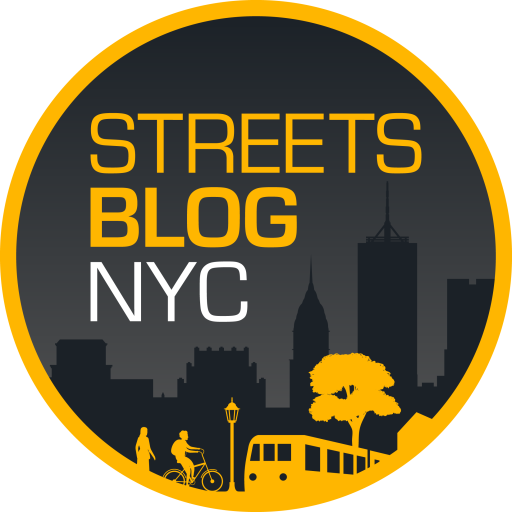Unprotected left turn into high-speed two-way cross traffic. Well prior to any AV considerations, this was a dubious maneuver that may be best avoided by a right and then a (protected or onprotected) U-turn, or some other routing solution as available. Not as an embarrassing surrender, but as a prudent and more predictable alternative.I explained what the definition was in context in at least two posts.
But your point is taken. Let's call it an "unprotected crossing with an unprotected left turn" for the Chuck Cook example.
I'm still waiting for that Waymo video.
Everyone should be perfectly happy if Tesla, Waymo, and humans would all be trained this way. Don't mark it as a failure or turn up the ridicule if it's simply avoided by the AV Nav. A significant part of the problem is that it's often not possible to change your mind and legally/safely bail out to the right, once the car is positioned for the attempted left. The mounting pressure to move along then encourages further dangerous (though very common) actions, like stopping at the median and/or turning into a gap with high-speed traffic stil coming in the next lane over.







